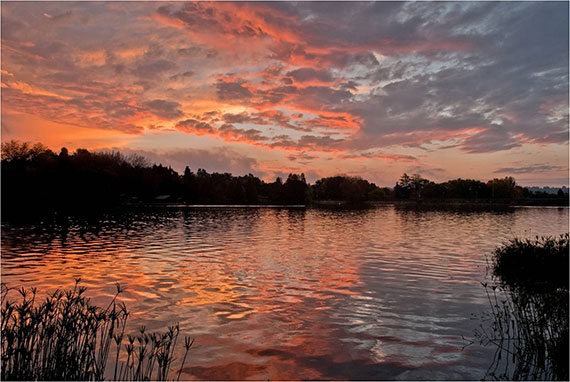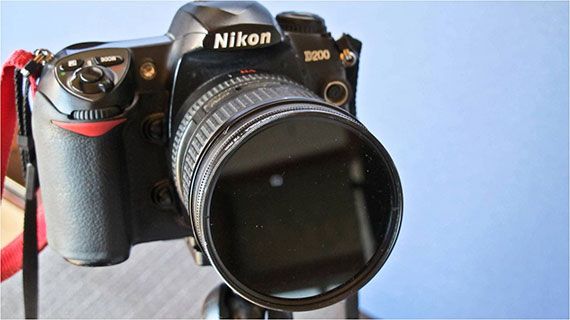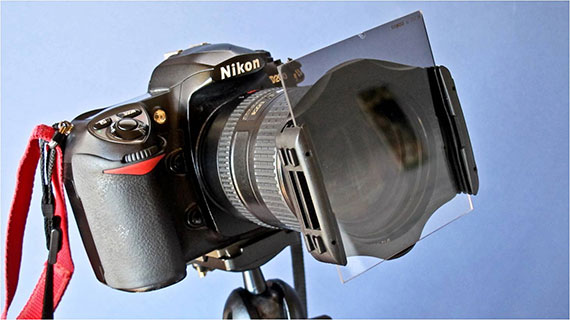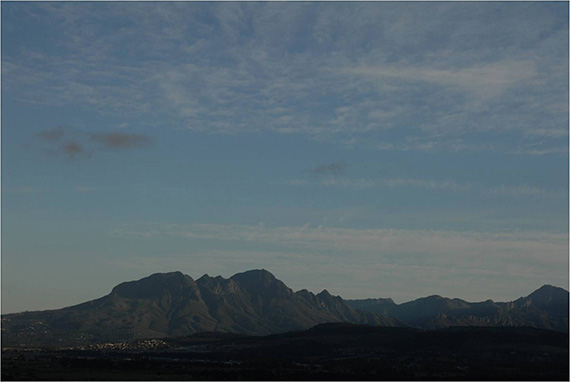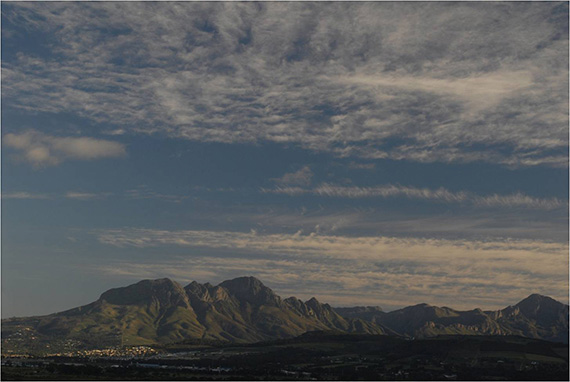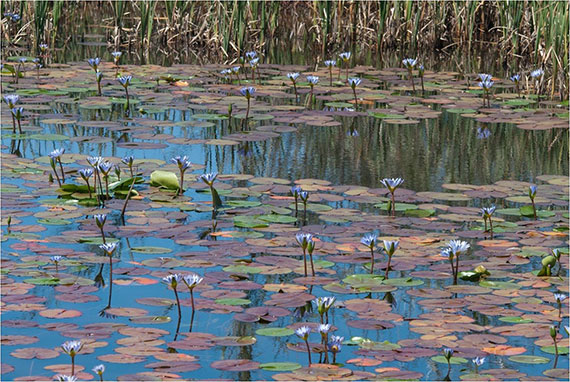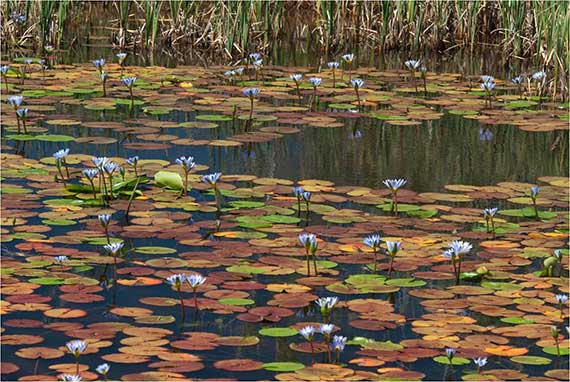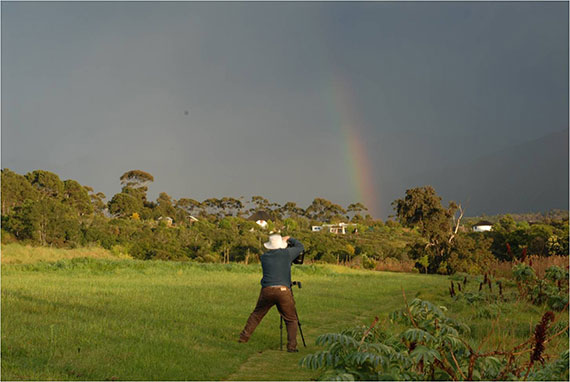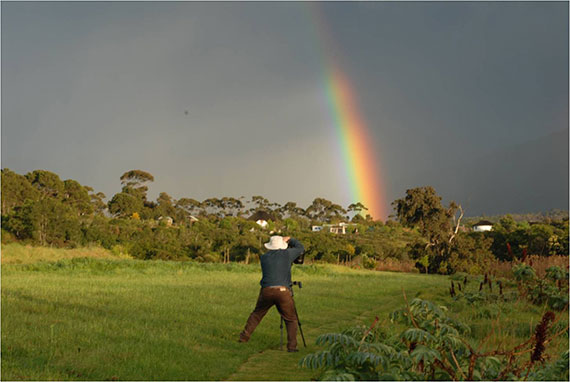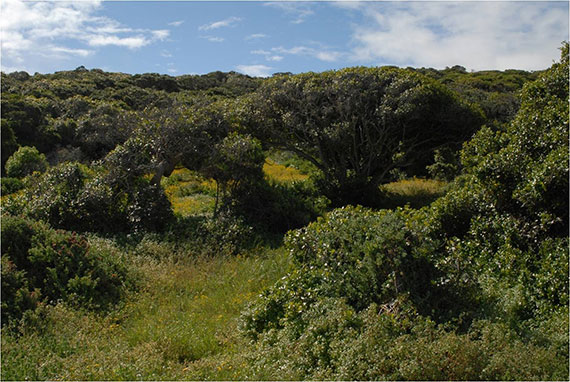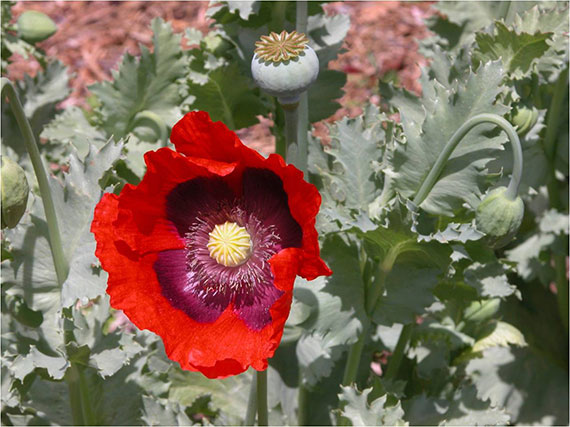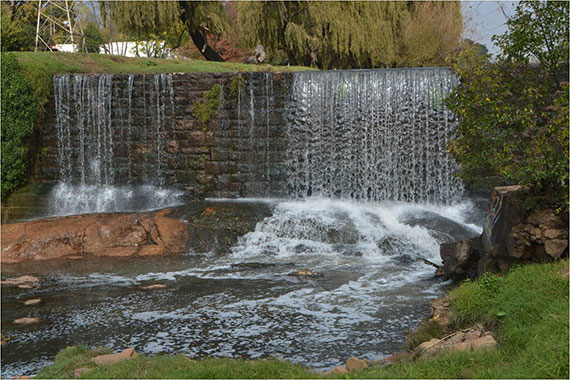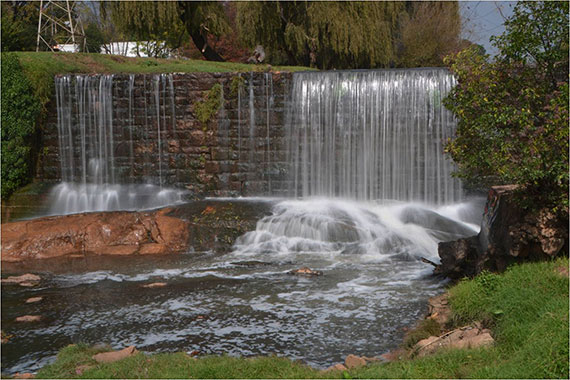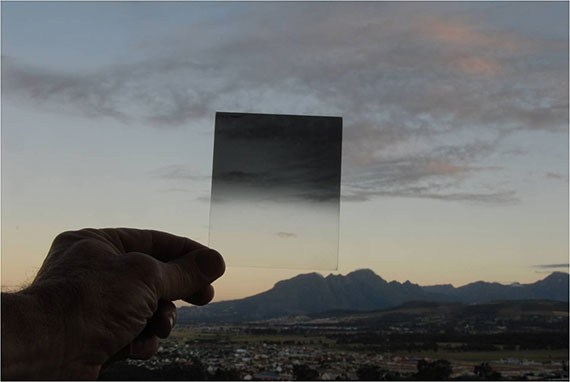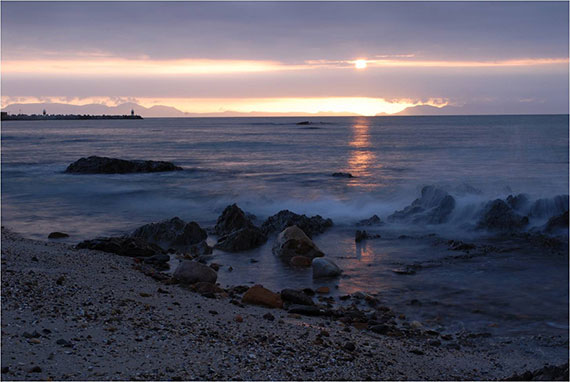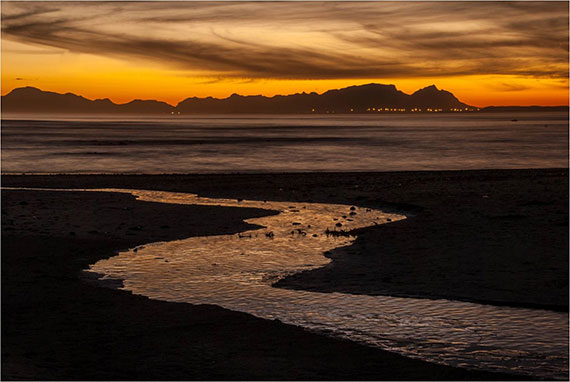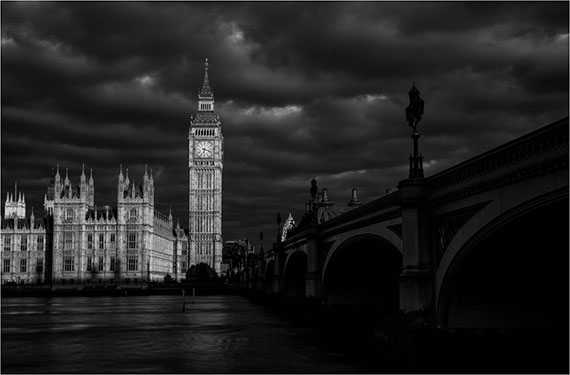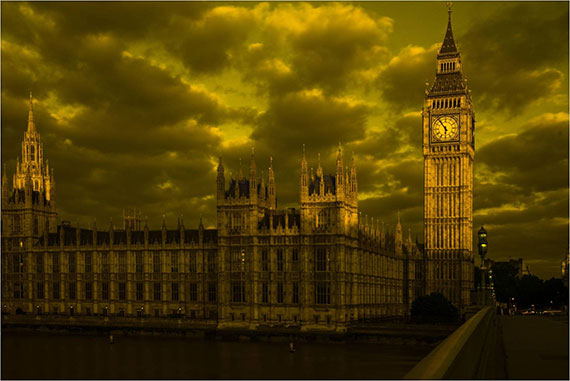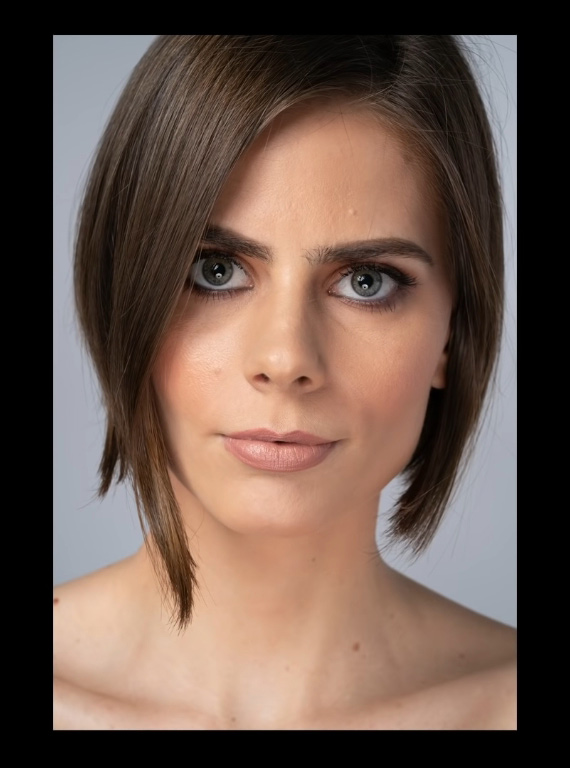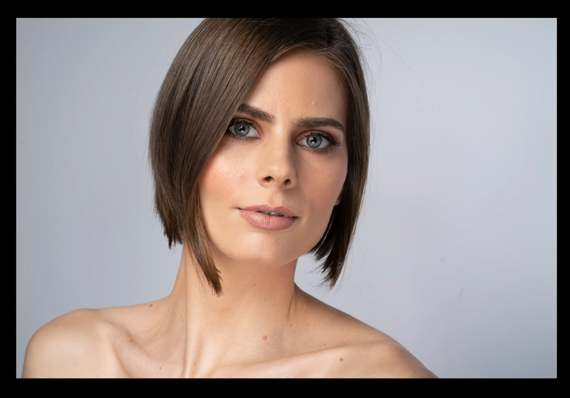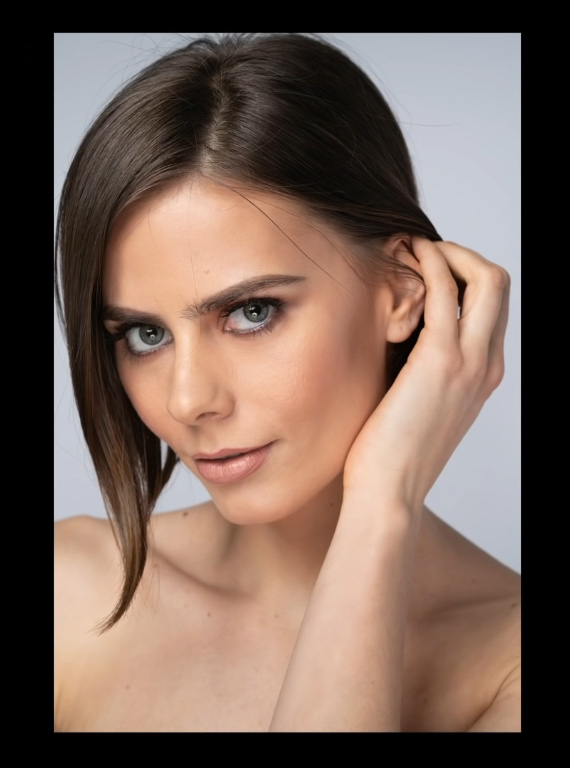Family portraits fall into three main categories: traditional family portraits, candid family portraits, and lifestyle family portraits. Most families have had their picture taken, but few have had a chance to have their portrait shot, because of the difference between the two. One is a quick snap, with little attention given to the technical aspects of the image; the other has more consideration given to how the final result should look.
photo by Harsha K R
It’s often said that a good portrait captures the personality of the subject(s), and that’s true, but what it also does is record the subject(s) in a way that’s different from other pictures they’ve had taken of themselves. By using a couple of simple techniques anyone can move from the realm of ‘snapshots’ to discovering how to deliver distinctive family portraits.
Capturing Expressions
An essential for a successful family portrait? Expression. Capturing expressions portrays emotion and adds dynamics to the photograph. Portraits can be left feeling incomplete without capturing the expressions that make the image more engaging. While traditional family portraits are posed (think school pictures), I feel expressions are best captured un-posed in a candid portrait setting.
Some great tips on how to do this include avoiding using flash when possible and shooting from a distance. This isn’t to say that all successful family portraits are shot on a whim. It simply means that developing a rapport is important. Actively involve yourself in directing the subject(s) to pose naturally and comfortably, and you’ll find it can achieve a great deal!
Creating a Candid Look When Posing Subjects
Whether taking individual portraits or group photos, creating a candid look is a great way to create a different type of image. Get them laughing; engaging people in a friendly, open manner will get you those shots where the subjects have stopped being self conscious!
photo by Jaap Joris
Another easy way to achieve a great looking candid shot that has been posed is to have your subject(s) look away from the camera. This type of casual candid posing can also be used in larger group shots. Having everyone look at each other can create a unified mood to the photograph, a connection that the viewer can sense.
Photographing Children
Props are also a great tool to utilize when photographing children. A child’s honest reactions to their immediate environment make them the very best candid portrait subjects. Even when aware of the camera’s attention—candid shots from children shine.
Try Another Perspective
The general rule for family portraits is focus on the eyes and set a wide aperture to throw the background out of focus while keeping the faces/subjects sharp. While this is standard in the context of photography, consider occasionally photographing the subject from various angles and viewpoints. Sometimes changing your view helps emphasize mood and can help set the expression of the photograph.
photo by Eric Ward
Try photographing a family from behind, walking away. Perhaps a lifestyle type shot of everyone’s bare feet in the sand, etc.
Change Your Framing
Many people think of portraits as a vertical photograph. Instead, try holding your camera horizontally and offset your subject to one side rather than the middle. Being conscious of switching from one framing style to the other can provide some pleasing results from the same pose.
photo by Phillip Dodds
Most photography generally insists that the horizon be a straight line. The same is not always necessarily true in portrait photography! Using the horizon line to add creativity and a fun mood to the image can be a great way to step out of the box!
About the Author:
Renee Laurin (www.reneelaurin.com) has over a decade of experience in the graphic design industry and over six years of professional photography.
Go to full article: Tips for Taking Family Portraits
What are your thoughts on this article? Join the discussion on Facebook
PictureCorrect subscribers can also learn more today with our #1 bestseller: The Photography Tutorial eBook
The post Tips for Taking Family Portraits appeared first on PictureCorrect.
from PictureCorrect http://bit.ly/2JQCO6R
via IFTTT






